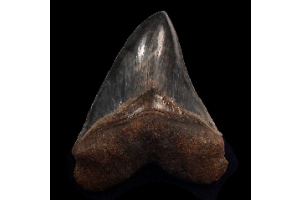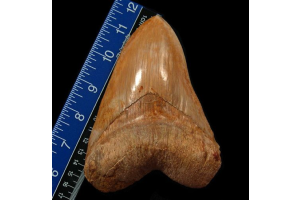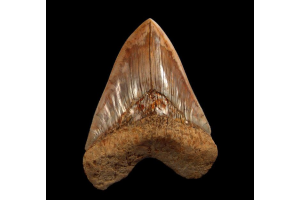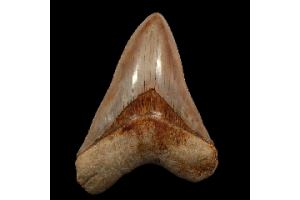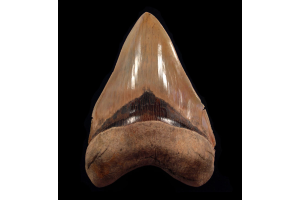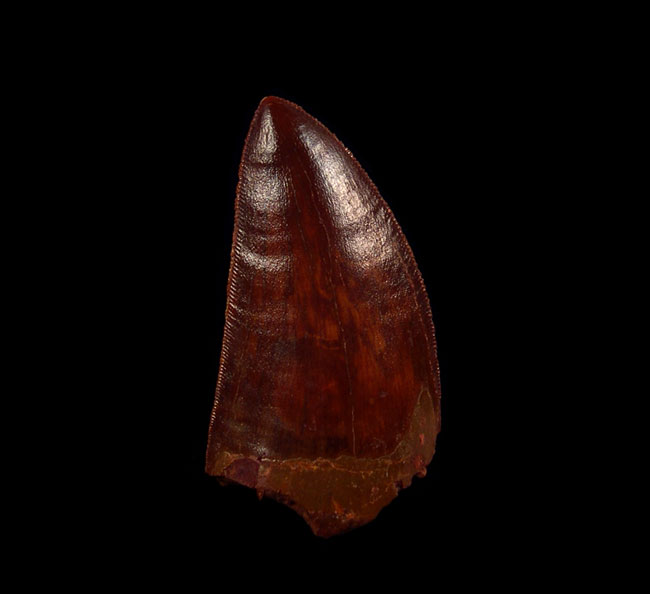
The teeth of dinosaurs teach vertebrate paleontologists a lot about them. Dinosaur teeth are among the more common fossil discoveries. The discovery of Iguanodon teeth in 1822 is credited with sparking interest in dinosaurs in the Western world. The size and shape of a dinosaur tooth tell scientists what kind of animal they're looking at, what order of dinosaur the species belongs to, and what the animal ate. Many herbivores, or vegetation-eating animals, for example, possessed triangular teeth intended for cutting or slicing plant life. Here are some surprising facts about them that will make you wonder why not buy dinosaur teeth for yourself!
T, rex Teeth Were Serrated And The Longest
The Tyrannosaurus had long, curved, and sharp teeth; one edge of their teeth was usually serrated like a modern steak knife to help the animal cut apart meat. Plus, the longest dinosaur tooth ever recorded belonged to a T. rex, and it was 12 inches long! However, because this length included the tooth's root, the exposed section of the tooth was 6 inches long. Tyrannosaurus rex bones have been discovered alongside T. rex tooth gouges, implying that it could have been a cannibal.
Heterodontosaurus Is Named After Its Teeth
Heterodontosaurus means "different-toothed lizard"; it acquired its name because, unlike most dinosaurs, Heterodontosaurus had three types of teeth and is assumed to have been an omnivore by some. Heterodontosaurus was a small, swift dinosaur with a maximum size of about three feet.
Dinosaurs Grew Multiple Sets of Teeth
Most dinosaurs replaced their teeth very quickly, with some adults replacing hundreds of teeth in their lifetime. This is a continual process in which additional teeth take the place of the crowns and the root of the tooth is absorbed when the crowns are lost. As a result, fragmented dinosaur teeth with no crowns are rather prevalent in the fossil record. Rooted teeth are far more unusual since the root of a tooth is relatively delicate, and the tooth would have to come from an animal's skull after death. Unerupted teeth are also discovered on occasion. Because these teeth did not pass through the gum tissues while the animal was alive, they have no eating wear.
Hadrosaurs Possessed The Most Teeth
Hadrosaurs, often known as duck-billed dinosaurs, had beaks and up to 1,000 cheek teeth that they used to break down thick plants. More than 300 teeth were pressed together on each side of the jaw to form a single grinding surface.
Dinosaur Teeth Were Not So Different From Ours
Their teeth resemble human teeth far more than you may expect. Despite their enormous size and the inescapable fact that dinosaurs are extinct, dinosaur tooth creation and growth fit in neatly with modern dentistry. The tissues that make up dinosaur teeth are identical to those that make up our teeth. Dinosaurs, like us, had a comparable ligament. When it comes to dinosaur teeth, research has only scratched the surface, however it is hypothesized that they may have suffered gum disease or cavities.
If you want to buy dinosaur teeth, you have come to the right place. Check out our website for more.






